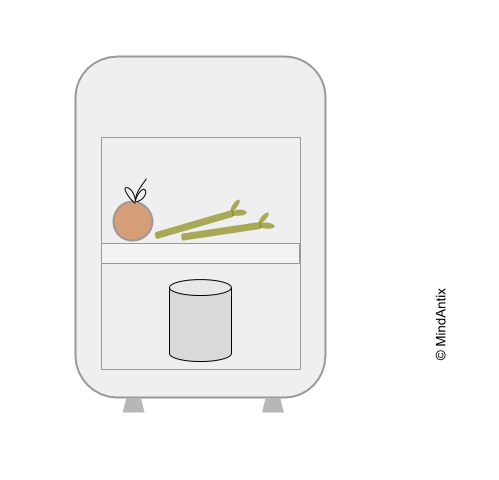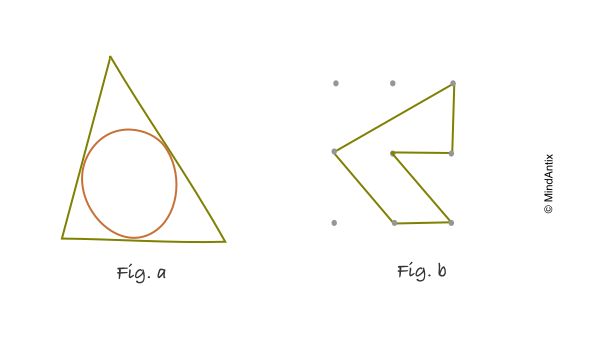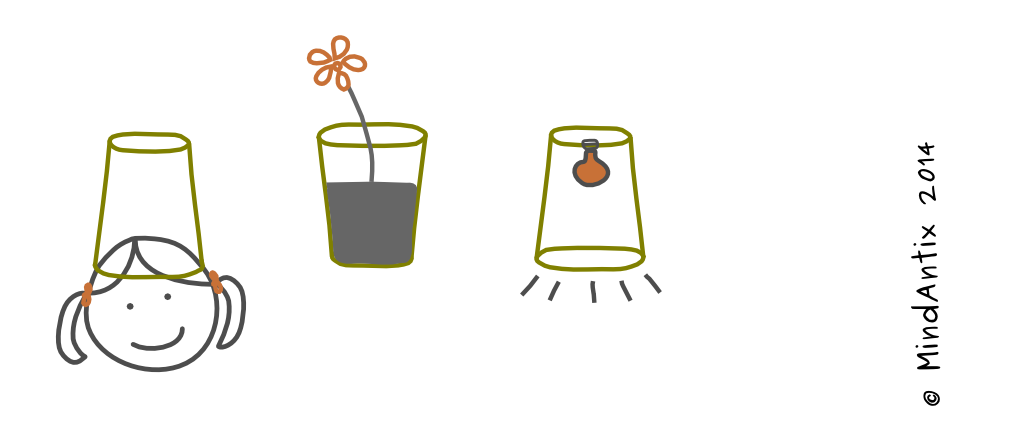In 2001, when an earthquake caused extensive damage in rural Gujarat, Mansukh Prajapati, a potter, found his inspiration. Reading the caption, “Poor man’s fridge broken!”, under the picture of a broken earthen clay pot in a newspaper, sparked an idea in him. “Why not use clay, he thought, to make a real fridge for villagers – one that looks like a typical fridge, but is more affordable and doesn’t need electricity?”
Prajapati experimented with different clay designs over several months and ultimately created Mitticool – a refrigerator that doesn’t use electricity and is significantly more affordable for villagers who don’t always have access to electricity. The refrigerator quickly became popular and his company now creates many other clay products.
This kind of innovation – born out of a desire to solve relevant problems in the cheapest way possible – has come to be called Jugaad innovation. Jugaad, a Hindi word, means a resourceful hack using available or frugal resources. Examples of Jugaad innovation abound in many developing countries like India, China and Brazil.
What is fascinating about Jugaad or frugal innovation, is not just the creativity behind it, but also that it is tied closely to reverse innovation. Reverse innovation refers to the trend of innovation from low-income markets entering and disrupting wealthier markets, a change from the typical flow of innovation. Trends show that in the 21st century more innovation, a large part of which is Jugaad innovation, is coming from developing markets with the potential to move into developed markets.
Radjou, Prabhu and Ahuja, who researched frugal innovation and popularized the phrase Jugaad innovation, identified six principles that underlie jugaad that include seeking opportunity in adversity, keeping things simple and thinking flexibly.
While some of the principles relate to having the right mindset, from a cognitive perspective, flexible and simplistic thinking is key to frugal innovation. Some creativity techniques that can help spur frugal thinking are:
Subtraction
While typical innovation adds more features and complexity, frugal innovation works by removing key components and then figuring out a way to make the idea work. For example, I recently gave a challenge to a group of middle schoolers to design a washing machine that doesn’t use electricity. By removing a central part of the product, students were forced to think in different ways to manually rotate a barrel. They came up with several different ideas like connecting the barrel to a stationary bicycle or using a pumping mechanism like that in a salad spinner.
Substitution
Another way to generate low cost solutions is to try and substitute with simpler or cheaper materials. Trying to find a substitute is the other side of the coin to typical divergent thinking. This approach can also lead to ideas that work well enough but at a much lower cost. For example, one student idea for a different challenge was to reuse discarded (and cleaned) socks to make low cost diaper linings.
Jugaad represents the best of creativity – being able to find a solution or a way out despite extreme resource constraints. And developing the skills and mindset for such innovation is becoming increasingly important for companies to solve important problems and stay relevant.



